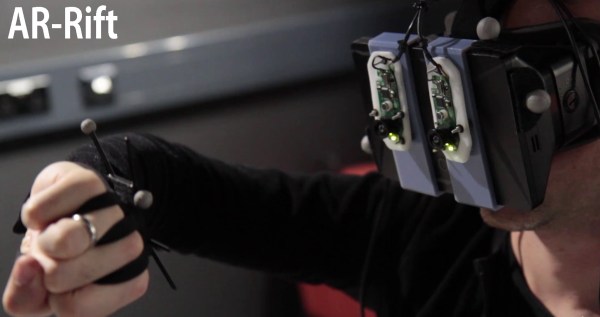
[John Ohno] has found what is perhaps the best possible use for steampunk goggles: framing a monocular display for a Raspberry Pi-based wearable computer. [John]’s eventual goal for the computer is a zzstructure-based personal organizer and general notifier. We covered [John]’s zzstructure emulator to our great delight in July 2011. Go ahead and check that out, because it’s awesome. We’ll wait here.
[John] has been interested in wearable computing for some time, but is unimpressed with Google Glass. He had read up on turning head-mounted displays into monocular devices and recognized a great opportunity when his friend gave him most of an Adafruit display. With some steampunk goggles he’d bought at an anime convention, he started on the path to becoming a Gargoyle. He encountered a few problems along the way, namely SD card fail, display output issues, and general keep-the-parts-together stuff, but came out smelling like a rose. [John] has ideas for future input additions such as simple infrared eye tracking, the addition of a chording keyboard, and implementing a motorized glove for haptic learning.
Want to make your own wearable display but have an aversion to steampunk? Check out this homebrew solution with (mostly) 3-D printed frames. And it has servos!
[Thanks John]
















